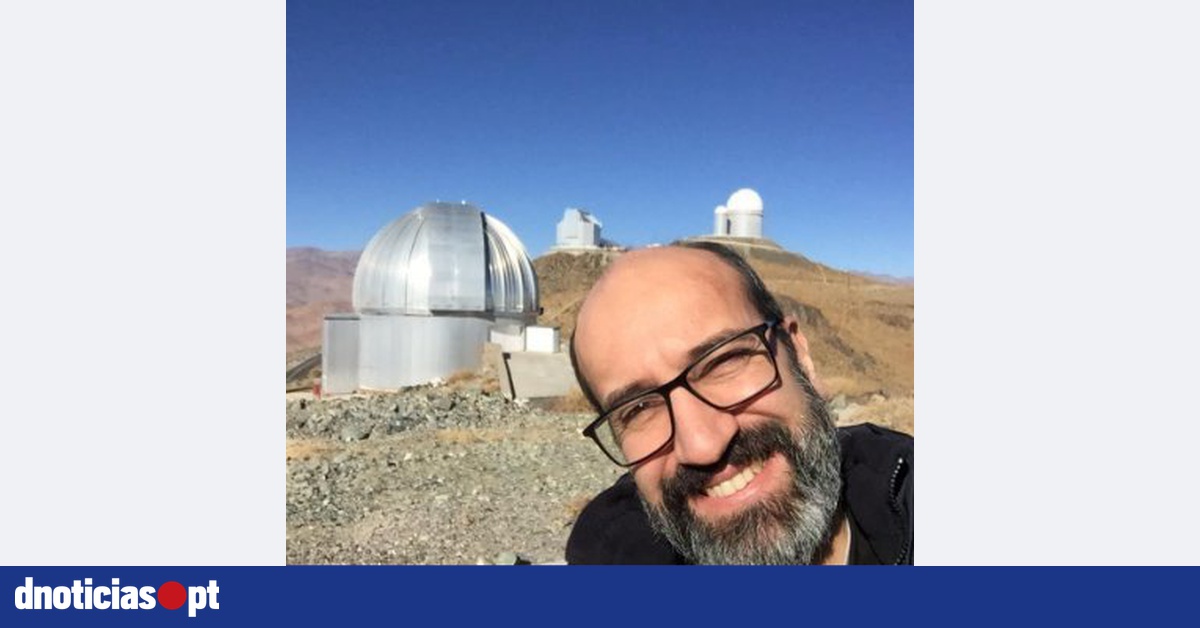Portuguese astrophysicist Nuno Peixinho gives his name to an asteroid, discovered in 1998 and which is just over 10 kilometers in diameter, announced today by the Institute of Astrophysics and Space Sciences (IA), where he is a researcher.
Previously named (40210) 1998 SL56, the asteroid is renamed (40210) Peixinho, by decision of the Working Group for the Nomenclature of Small Corps of the International Astronomical Union (UAI).
Discovered on September 16, 1998, in an observation campaign by the Lowell Observatory, in the United States, the asteroid Peixinho belongs to the Asteroid Belt, between the orbits of Mars and Jupiter, and orbits the Sun at an average distance three times greater than that separates the Sun and Earth, completing an orbit in about 5.3 years.
Nuno Peixinho, also an astrophysicist at the University of Coimbra, is the only Portuguese in an extensive list of names of scientists who were attributed in June to small celestial bodies by the UAI, directed by the Portuguese astronomer Teresa Lago.
The Peixinho asteroid “is the type of asteroid that, if it came towards Earth, could cause a mass extinction event,” the IA said in a statement.
“Knowing that there is now an asteroid out there in space the same size as the one that, presumably, when colliding with Earth 66 million years ago led to the mass extinction of the Cretaceous-Paleogene, including the famous dinosaurs… me without words,” commented, quoted in the statement, the Portuguese astrophysicist, a specialist in the physical and chemical characterization of small bodies in the Solar System.
According to the IA, there are just over a million small bodies in the Solar System catalogued, about half a million already have permanent designation, but only 22,505 have names.
Solar System Small Bodies “is the generic designation for asteroids, icy bodies (such as comets and transneptunian objects) and their satellites.”
Initially, one of these bodies “receives a provisional designation according to a well-defined formula involving the year of discovery, two letters and, if necessary, other figures”.
Then, “when its orbit is sufficiently well determined, the body receives a permanent designation, which consists in adding a number to the provisional designation”.
In the end, under the proposal of the authors of the discovery of the small celestial body, the Working Group for the Nomenclature of Small Bodies of the UAI assigns a name.
– .

:quality(80)/cdn-kiosk-api.telegraaf.nl/45abf6a0-d276-11eb-bd8f-02d2fb1aa1d7.jpg)